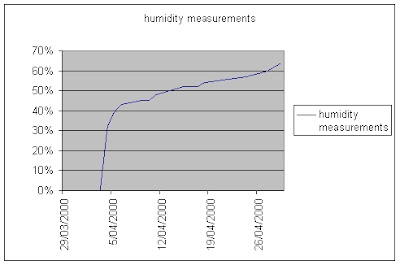Alere just issued a voluntary recall on its InRatio 2 strips. According to the company, the results were reported as lower than the laboratory results 'by a range of 3.1 - 12.2 INR units' and there were reports of three associated patient deaths.
The company said that it is 'concerned that the ....Test stips may report an inaccurately low INR result.' They advise their customers to 'immediately STOP using the InRatio2 Professional Test Strip (PN 99008G2) and use an alternative method to perform PT/INR testing'.
This is scary stuff.
Check your strip item number (probably on each foil strip pouch and, if the part number is a match, DON'T USE IT. You should be able to return these strips to your source for the strips (but, of course, each EBay seller may have its own policies, if you bought your strips on eBay). This also probably only applies to the 'new, improved' strips.
If I can figure out how to attach the recall PDF, I would have done so.
The company said that it is 'concerned that the ....Test stips may report an inaccurately low INR result.' They advise their customers to 'immediately STOP using the InRatio2 Professional Test Strip (PN 99008G2) and use an alternative method to perform PT/INR testing'.
This is scary stuff.
Check your strip item number (probably on each foil strip pouch and, if the part number is a match, DON'T USE IT. You should be able to return these strips to your source for the strips (but, of course, each EBay seller may have its own policies, if you bought your strips on eBay). This also probably only applies to the 'new, improved' strips.
If I can figure out how to attach the recall PDF, I would have done so.




